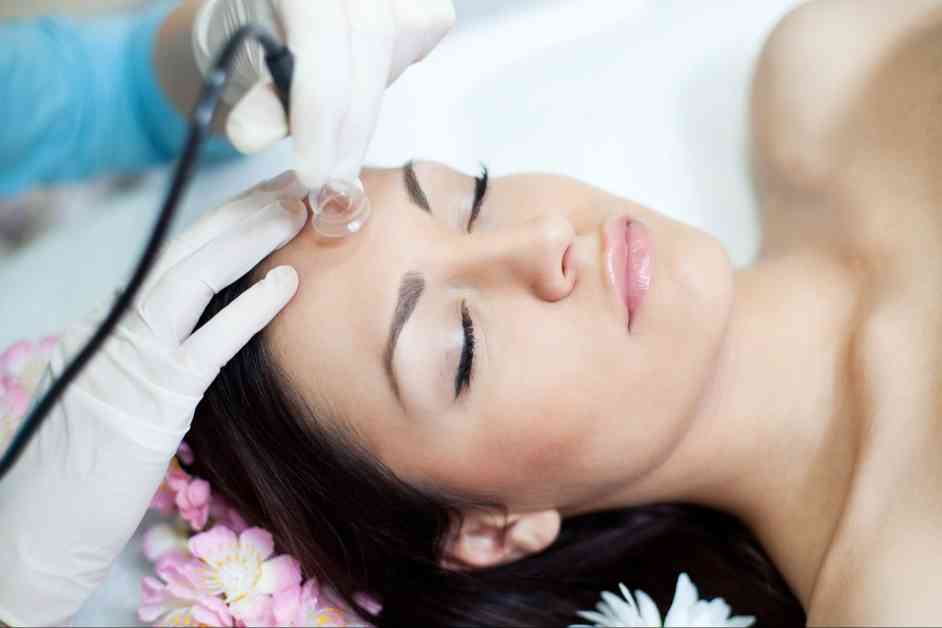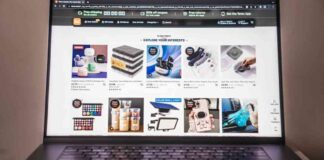The beauty and wellness industry has long been known for its resilience in the face of economic downturns. As Estée Lauder chairman Leonard Lauder coined the term “lipstick effect,” referring to the increased demand for small luxuries during times of financial uncertainty, it became apparent that people turn to beauty and self-care rituals as a form of psychological comfort during stressful times. This trend has been further highlighted by McKinsey’s report on the surge in demand for skincare and wellness products during the pandemic, indicating that even in times of crisis, people prioritize self-care.
One of the key players in the beauty industry that has exemplified this resilience is LaserAway, a prominent dermatology brand in the U.S. Despite economic recessions in 2008 and 2020, LaserAway has reported strong growth, expanding to over 120 locations and experiencing annual growth rates of over 20% in America. CEO Scott Heckmann attributes this success to a shift in consumer behavior, with more patients opting for non-invasive procedures over costly surgical treatments like tummy tucks. This shift in consumer preferences has opened up new opportunities for medspa clinics to cater to a wider audience seeking accessible and less invasive beauty treatments.
As the Chief Marketing Officer of Vagaro, a software provider to the wellness industry, I have witnessed firsthand the growing popularity of non-invasive aesthetic treatments. Advances in beauty technology have made procedures like body contouring more accessible and less intimidating for consumers, leading to a rise in demand for these services. This shift in consumer preferences towards non-invasive treatments has created a unique opportunity for beauty brands to adapt and thrive in an ever-changing economic landscape.
Lesson 1: Embracing a Changing Market
In an industry where trust and credibility are paramount, transparency plays a crucial role in building consumer confidence. LaserAway’s approach of showcasing real people, nurses, and treatments through social media videos has resonated with consumers, providing them with a realistic view of what to expect from the procedures. By demystifying the process and setting clear expectations, medspa clinics can establish trust with their clientele and ensure a high level of satisfaction with the treatments.
The proliferation of non-invasive aesthetic treatments has been driven by advancements in technology, making these procedures more accessible to a broader audience. Unlike traditional cosmetic surgery, which caters to a limited demographic at a higher price point, medspa clinics offer a wide range of services that appeal to a diverse clientele, including an increasing number of male consumers. With skincare accounting for a significant portion of the global men’s grooming market, medspa clinics have tapped into a growing segment of the market by offering tailored treatments to meet the evolving needs of consumers.
Lesson 2: Building Resilience through Diversification
Diversification is key to building resilience in any industry, and medspa chains like LaserAway have embraced this strategy by offering a range of services while maintaining expertise in each area. By expanding their service offerings and catering to a variety of consumer needs, medspa clinics can attract repeat customers and generate consistent revenue streams. The balance of higher and lower-value services allows medspa businesses to weather economic fluctuations by positioning treatments as an ongoing investment in overall well-being.
Technology has played a crucial role in making beauty treatments more affordable and accessible to consumers. With embedded payment options, consumers can now choose non-invasive procedures that deliver comparable results to surgery without the lengthy recovery times. This flexibility in payment options has made treatments financially viable for a broader range of consumers, driving demand for non-invasive aesthetic procedures.
Lesson 3: Harnessing the Power of Referrals
In an era where digital influence shapes consumer behavior, the role of referrals has become increasingly important in the beauty and wellness industry. As consumers seek out products and services online and conduct their research, they value authentic testimonials and real-life case studies over traditional sales pitches. The rise of influencers has further reinforced the importance of genuine recommendations in driving consumer engagement and loyalty.
By leveraging data and consumer insights, beauty businesses can anticipate trends and tailor their offerings to meet evolving consumer preferences. The emphasis on referrals and word-of-mouth marketing highlights the shift towards a more authentic and transparent approach to sales, where credibility and integrity are paramount in winning over consumers. As companies adapt to this new expectation of consumer influence, they can build stronger relationships with their clientele and establish themselves as trusted authorities in the beauty and wellness space.
In conclusion, the beauty and wellness industry has demonstrated its resilience in the face of economic uncertainty by adapting to changing consumer preferences and leveraging technology to drive growth. By embracing transparency, diversifying service offerings, and harnessing the power of referrals, beauty brands can recession-proof themselves and thrive in an unpredictable economic climate. As the industry continues to evolve, staying attuned to consumer needs and trends will be key to sustaining success in the ever-evolving beauty landscape.






















